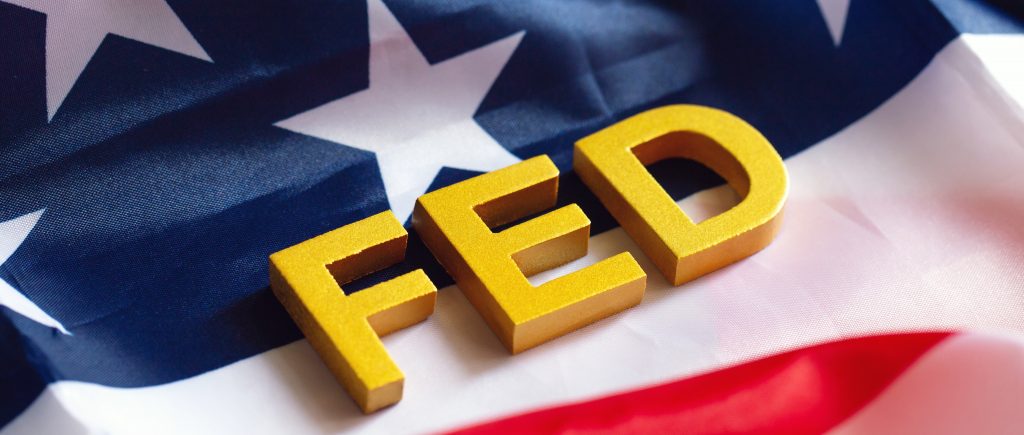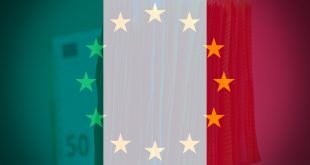The Federal Reserve faces a complex economic landscape. Recent statements from Fed Governors Kugler and Goolsbee highlight the challenges in achieving price stability while maintaining healthy economic growth. Their remarks underscore the delicate balancing act the Fed must perform as it navigates uneven progress on inflation, a robust labour market, and the uncertainties introduced by trade policies.
Inflation’s Uneven Trajectory
Governor Kugler acknowledged the “lopsided” progress on inflation. While some sectors, like housing, have seen price moderation, overall inflation remains stubbornly elevated. This firmness raises concerns about the persistence of price pressures and complicates the Fed’s efforts to bring inflation down to its 2% target. Kugler emphasized the Fed’s commitment to carefully assessing incoming data and risks before adjusting policy rates, suggesting a data-dependent approach moving forward.
The key takeaway is that the Fed isn’t ready to declare victory on inflation and is prepared to maintain its current policy stance until more convincing evidence of sustained price moderation emerges.
The Labour Market’s Strength
Both Kugler and Goolsbee pointed to the continued strength of the labour market. Kugler described it as “healthy, neither weakening nor overheating,” while Goolsbee referred to a “solid jobs report.” This robust labour market provides the Fed with some breathing room. It allows policymakers to focus on controlling inflation without the immediate pressure of a rapidly deteriorating employment situation. The stability in the labour market also reinforces the view that the economy remains on a firm footing, as noted by Kugler, who anticipates solid GDP growth in the first quarter.
Trade Policy and Uncertainty
Goolsbee’s comments brought into sharp focus the impact of trade policy on the economic outlook. He highlighted the uncertainty created by inconsistent government approaches, particularly regarding tariffs. The potential for escalating trade tensions and disruptions to supply chains is a significant concern for the Fed. Goolsbee expressed hope that tariffs would not become a major impediment to trade, but the risk remains. This uncertainty adds another layer of complexity to the Fed’s task, making it more difficult to accurately forecast the trajectory of the economy and inflation.
The Path Ahead
Looking ahead, both Kugler and Goolsbee offered insights into the Fed’s thinking. Kugler stressed the need for “continued slowing of inflation” before considering rate cuts. Goolsbee suggested that reaching the neutral policy rate, which he sees as “a fair bit lower” than current levels, will likely take longer than the end of 2025. He also noted that the speed of rate reductions will be slower given the current uncertainties. These statements suggest that the Fed is prepared to remain patient and maintain its current policy stance for some time. The emphasis on data dependency, the uneven progress on inflation, and the uncertainties surrounding trade policy all point to a cautious approach.
The Fed’s focus remains squarely on achieving its 2% inflation target, and it will likely require compelling evidence of sustained progress before any significant shift in policy occurs. The interplay between inflation, the labour market, and trade policy will be crucial in determining the Fed’s next moves.

 Noor Trends News, Technical Analysis, Educational Tools and Recommendations
Noor Trends News, Technical Analysis, Educational Tools and Recommendations




